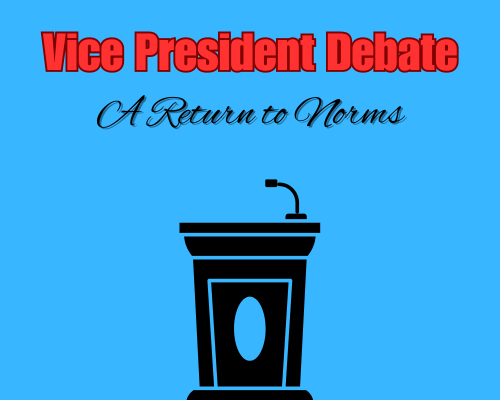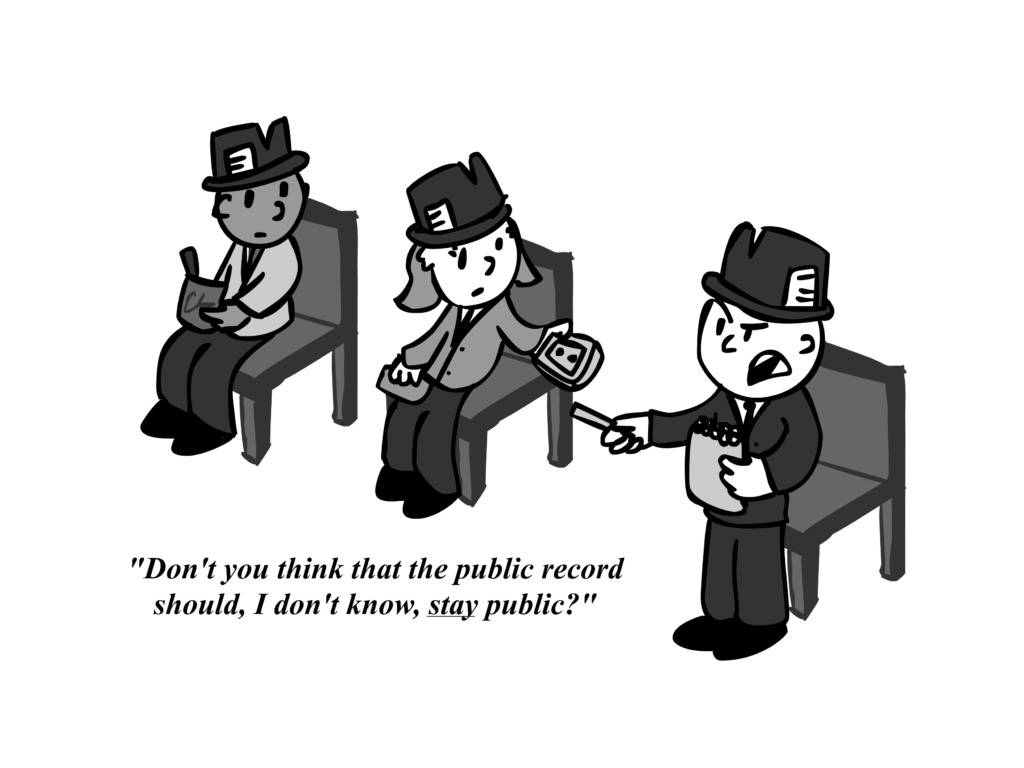Column by Taylor Grace Suiter, Senior from Brentwood, Tennessee
Sorry, everyone. This isn’t a listicle, but at least I got your attention.
It all started in the late fall of 2012, my freshman year. I kept noticing funny videos and quippy “articles” about loving mac’n’cheese that were being shared on my Facebook timeline and they were all coming from one source: Buzzfeed.
I decided to visit the homepage for myself and found the splashy red and yellow sticker-filled site that I’m all too familiar with now. I wasn’t sure what exactly Buzzfeed was, but I knew it was fun.
How could I not like a site devoted to reaction gifs and product recommendations?
Then came the quizzes.
At first people would share their outcomes, touting their results from “Which Ivy League Should You Really Attend?” Buzzfeed realized how popular the quizzes were becoming and devoted an entire tab to them. Many lunches in the T-Room consisted of passing phones around and taking quiz after quiz, as if the results spoke to who me and my friends were on our deepest levels.
As Buzzfeed’s popularity spread, so did its content. They began covering world news, politics and national tragedies.
Suddenly when people said, “Oh, yeah, I actually read an article about that!” it really meant they had seen it covered on Buzzfeed.
It makes a lot of sense. Before coming to college, I lived in a home where the if the TV was on, the news was probably playing.
In college, my laptop replaced the TV screen and it’s not like I was using it to stream nightly news, so there was a void in my news consumption that Buzzfeed was willing to fill. The sad part is that I bought into the idea that the same site that produces three-minute videos about burritos and men trying on women’s swimwear was also capable of delivering reliable news about things that matter. Reading about massacres like the Charleston Shooting seemed more palatable when in just one click I could see “College Life As Explained by Toddlers in Tiaras.” It was easier to use Buzzfeed for everything news media related, and just like that it became my most favorite news source.
It seems I wasn’t the only one, because companies caught on. Popular Buzzfeed-style tactics like listicles, funny videos and “You won’t believe what happens when” titles opened the doors for a million other pseudo-news publications. Since the number of clicks and shares an “article” (and I use that term loosely) gets now serves as a marker for how valuable the piece is, the content – whether it’s news or a cute cat picture – can be an afterthought.
As long as a publication can get enough people to engage with John Doe’s Top 10 List, they’ve made money off of ads. Who cares if they’re delivering actual news? A click is a click.
Publications like The Odyssey use these statistics to reward their writers – whoever gets the most likes and shares in a week is paid a small amount.
It’s no longer about quality, but about quantity – most of which is regurgitated fluff about how to live life in your twenties written by people in their twenties.
The clickbait phenomenon became so widespread that in 2014, The Onion launched ClickHole, whose tagline “Because all content deserves to go viral” satirizes what seems like the entire Internet.
The fact that I, and lots of my peers, consume all of our media from this one type of resource and consider it reliable troubles me, especially when there’s an important presidential election on the horizon. It troubles me that “articles” from sites like these seep into people’s newsfeeds and proclaim themselves as news.
In fact, now that I’m writing this, the fact that Facebook named its content stream “newsfeed” is kind of creepy. Don’t get me wrong – I enjoy Buzzfeed. I have an embarrassingly large place in my heart for The Try Guys, and I spend a sad amount of time watching people try exotic snacks. That doesn’t mean Buzzfeed and the like should be treated like news sources. That’s what newspapers are for.































































































